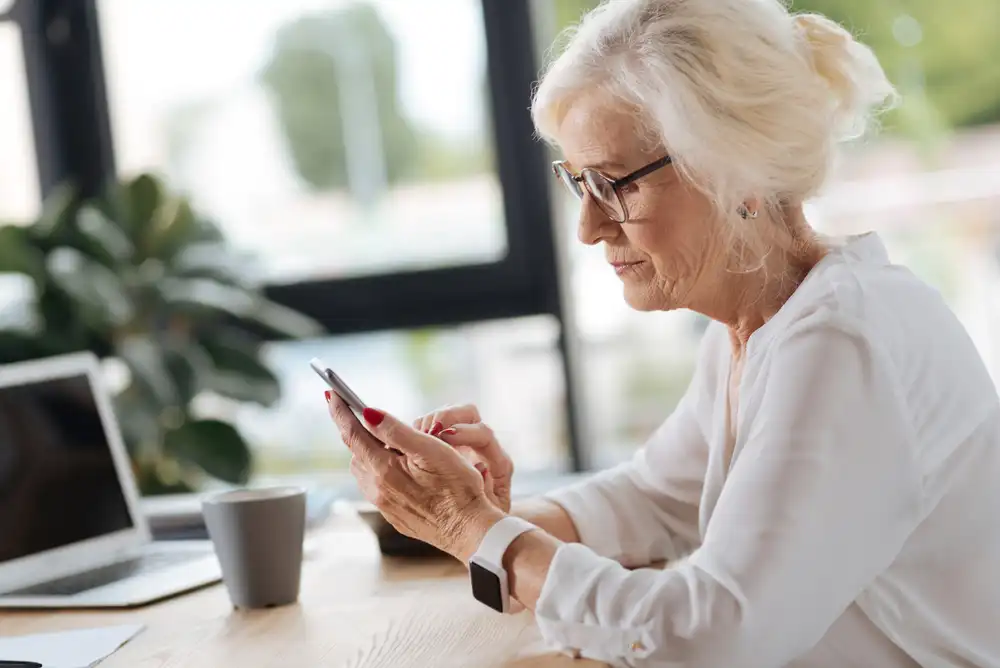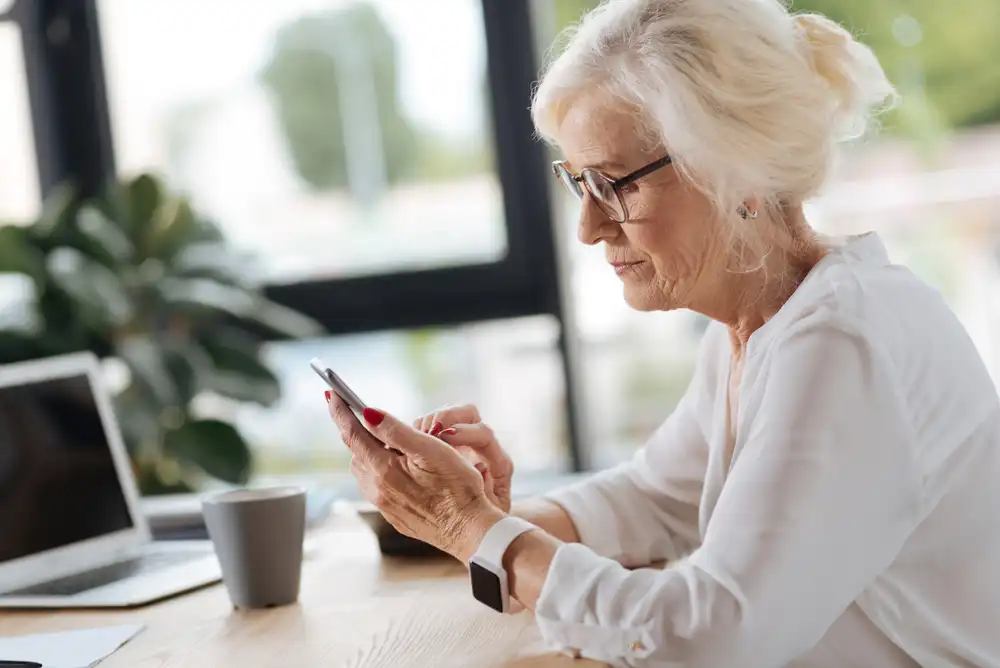
The Spanish population is increasingly aging, a trend reflected in the data: nearly 20% of Spaniards are now over 65 years old, with octogenarians representing 6%, according to
the National Institute of Statistics (INE). This demographic shift is not unique to Spain; it’s evident across Europe, where the proportion of people over 80 years old nearly doubled between 2001 and 2020. Consequently, many technology companies are focusing on developing devices and services to assist older individuals in their daily lives, such as monitoring their health or providing assistance when needed.
Adapting Mobile Phones for Seniors
Mobile phones tailored to seniors often feature large keys, enlarged text, and simplified functions. However, they don’t necessarily sacrifice internet connectivity or popular features like WhatsApp messaging. SPC’s ZEUS 4G PRO model exemplifies this trend, offering Android functionality with large colorful icons, physical keys for answering and ending calls, and services such as an SOS button for quickly alerting emergency services. Additionally, it includes features for family members, allowing them to remotely configure certain settings or receive notifications in case of unusual smartphone inactivity.
Empowering Seniors with Wearable Technology
While wearable devices aren’t specifically designed for seniors, many offer functions particularly useful for them, such as step tracking, sleep monitoring, and tracking various health metrics like heart rate, blood oxygen levels, and respiratory rate. For instance, Xiaomi Smart Band 7 provides continuous health monitoring with over two weeks of battery life, while the Apple Watch SE, when paired with a family member’s iPhone, can detect falls and perform electrocardiograms.
Enhancing Safety with GPS and Health Monitoring
For seniors prone to disorientation, wandering, or spending extended periods alone, GPS locators provide peace of mind to their families. Paired with a mobile app, these devices accurately track their whereabouts, establish safe zones (and alert if they leave), and often feature fall detection and emergency alert buttons. Devices like Nock Senior, resembling discreet watches and capable of making phone calls, or Leotec Tracker GPS, shaped like keychains, offer precise location tracking and route visualization, with some requiring a data connection and a monthly subscription.
The Role of Exercise Equipment in Senior Health
In addition to digital solutions, traditional exercise equipment like resistance bands, weights, and pedal exercisers can significantly contribute to seniors’ physical well-being. These tools help reduce pain, increase strength, improve balance, and maintain cardiovascular health. Whether actively pedaling with devices like Domyos’ pedal exerciser or passively using motorized options like Exerpeutic’s motorized pedal exerciser, seniors can enhance blood circulation, strengthen muscles, and stay active.
Monitoring Health Parameters with Specialized Devices
Today, a wide array of devices are available to monitor various health parameters. Among the most popular are blood pressure monitors, such as OMROM’s X7 Smart model, which detects atrial fibrillation, and blood glucose monitors like Sinocare’s kit with automatic calibration. Additionally, there are lesser-known devices ranging from pulse oximeters to specific monitors for conducting electrocardiograms. Smart pill dispensers like Ellie provide reminders to take medication and generate reports to ensure adherence to prescribed regimens.
Conclusion: Empowering Seniors Through Technology
In conclusion, the aging population in Spain and Europe at large presents both challenges and opportunities for technology companies. By developing devices and services tailored to seniors’ needs, such as mobile phones with simplified interfaces, wearables with health monitoring capabilities, GPS locators for safety, and exercise equipment for physical fitness, technology can significantly enhance the quality of life for older individuals. Moreover, specialized health monitoring devices offer invaluable support in managing various health conditions. As technology continues to evolve, the potential for innovation in senior care remains vast, promising a future where aging is accompanied by greater independence, safety, and well-being.


